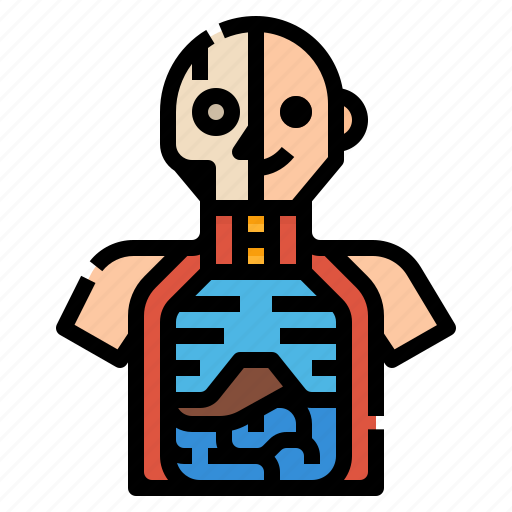The student should be able to tell which body parts are attached to each other. They should also be able to tell which body parts connect with each other, and how. For example, if there are three limbs, they should also be able to tell how these limbs are connected to one another, where they connect to each other, and what these limbs are used for.
Students must also be able to identify different body parts in relation to one another. For example, when learning to understand the human body, students should be able to identify different organs. These organs may be used for various purposes, or to perform different functions.
Students should also be able to identify the location of various body parts. A patient who is on the operating table will have many parts that are visible to him. In fact, he may have several visible organs while others are hidden under the skin. When students are required to complete an anatomy and physiology practice test, they will need to identify how these organs are located within the body.
Students should also be able to describe the different parts of the body in terms of what they are used for. For example, when studying the human body, students should be able to describe how the lungs are located in relation to the stomach, and how the liver is located in relation to the kidney. Students should also be able to explain the relationship between various organs and their function. For example, students should be able to tell which organ is used for swallowing, and which is used for breathing.
Students should also be able to describe the various sizes of organs within the body. They should be able to describe the size of lungs and intestines. They should be able to describe the size of the heart, lungs, brain, liver, blood, and other organs. They should also be able to describe the shape of an organ, and the dimension and position of other organs within the body.
Students will also need to be able to relate the structure of organs to how they are used. For example, students should be able to describe the functions of an organ in terms of how they affect the blood pressure and oxygen levels, and whether or not they are needed at different times of the day.
Students who plan on taking an anatomy and physiology practice test should review what is taught within the exam, and should be able to answer all the questions that are asked on the exam. It is important to read the exam carefully. Students who are unable to complete the exam properly should take the exam again.
Students who do not understand the content of an anatomy and physiology practice test will often find it difficult to perform well on it. This is why it is very important for students to know what they are doing before taking the exam. By being prepared, students will have a better chance of answering all the questions and performing well on the test.
Students who do well on the exam will have prepared themselves by reading books on the subject, and watching videos of actual exams. which are given. The internet is a great resource when learning anatomy and physiology. A number of websites can be found online, which provide students with an in depth understanding of the topics covered on the exam.
Students should also consider practicing on a copy of the anatomy and physiology practice test that has been designed by an experienced instructor. This way students will have a better understanding of how to answer questions related to the subject and will be able to perform on the exam much more effectively. Instructors often give students practice tests that they can use on the actual exam.
Exam preparations should be conducted in a quiet and relaxed environment. Students should avoid distractions that could make the process of answering the exam stressful. Students who are studying on their own should remember that the exam is extremely important, and need to remain focused during their studies. Students should avoid talking to others while studying on the exam and focus their attention on the material they are studying.


